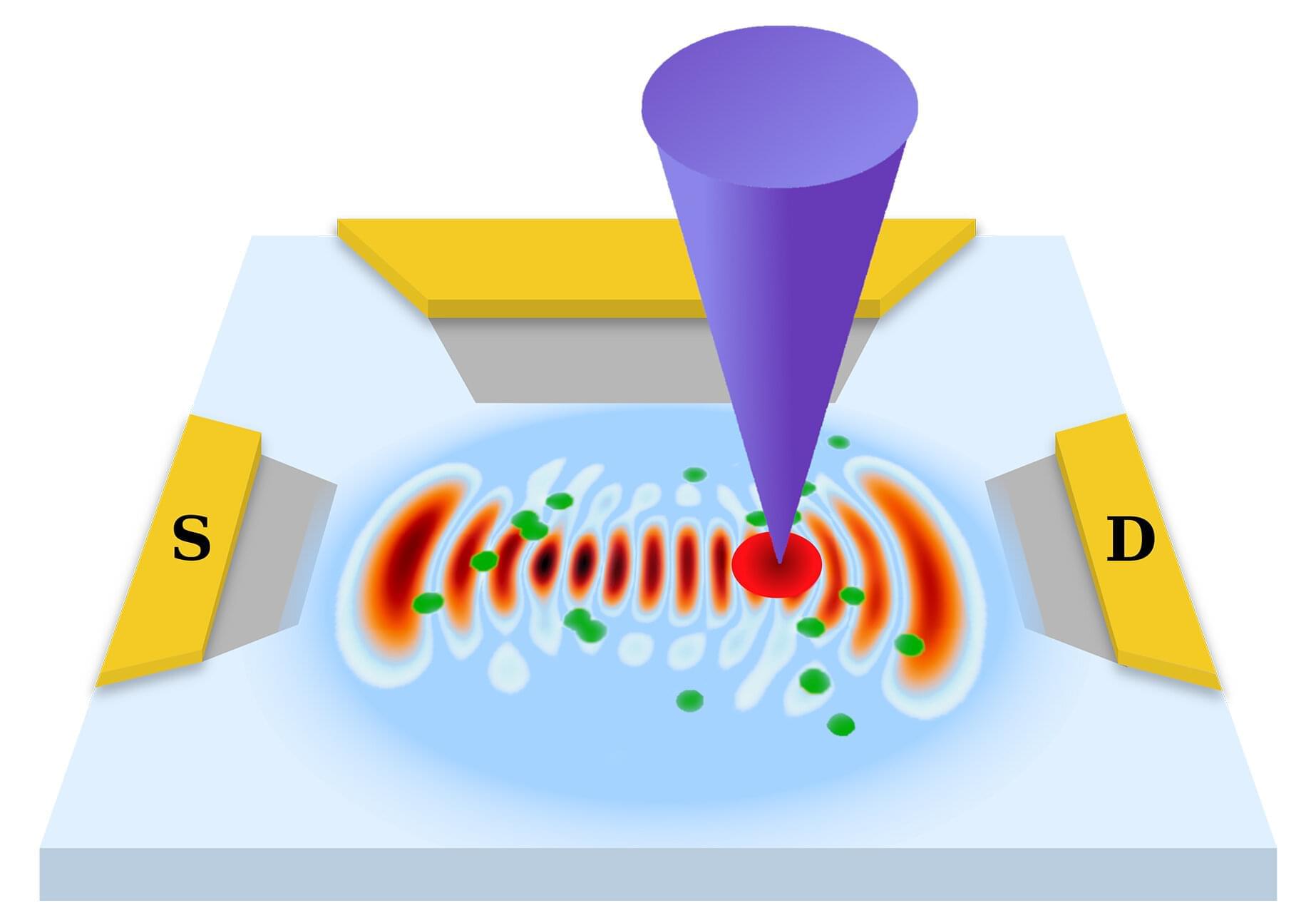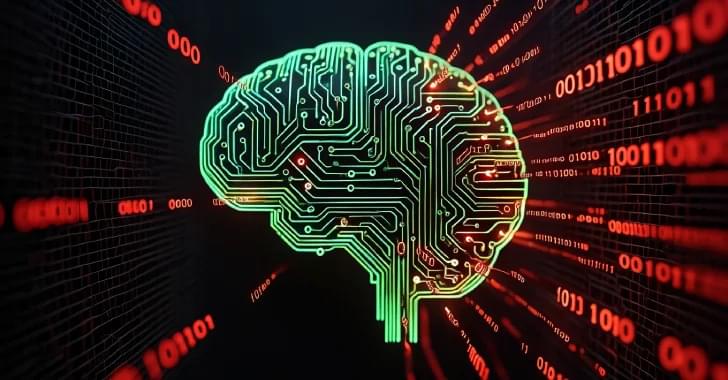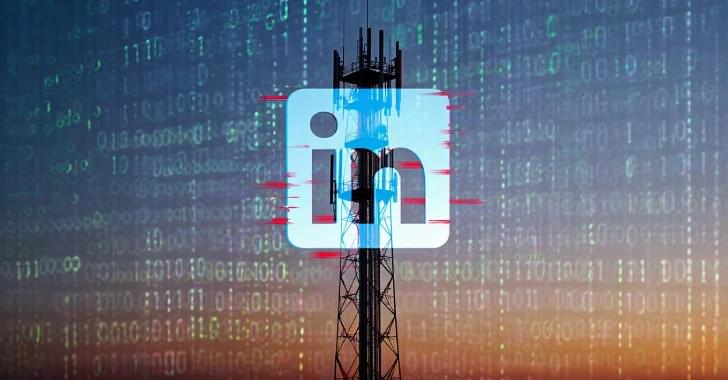With the rapid development of wearable electronics, neurorehabilitation, and brain-machine interfaces in recent years, there has been an urgent need for methods to conformally wrap thin-film electronic devices onto biological tissues to enable precise acquisition and regulation of physiological signals.
Conventional methods typically rely on external pressure to force devices onto conformal contact. However, when applied to uneven three-dimensional surfaces such as skin, brain, or nerves, they generate significant internal stress which can easily damage fragile metal circuits and inorganic chips. This is an obstacle to the advancement of flexible electronics.
In a study published in Science, Prof. Song Yanlin’s team from the Institute of Chemistry of the Chinese Academy of Sciences, along with collaborators from Beijing Tiantan Hospital, Nanyang Technological University, and Tianjin University, propose a new film transfer strategy named as drop-printing, which has potential applications in bioelectronics, flexible displays, and micro-/nano-manufacturing.






